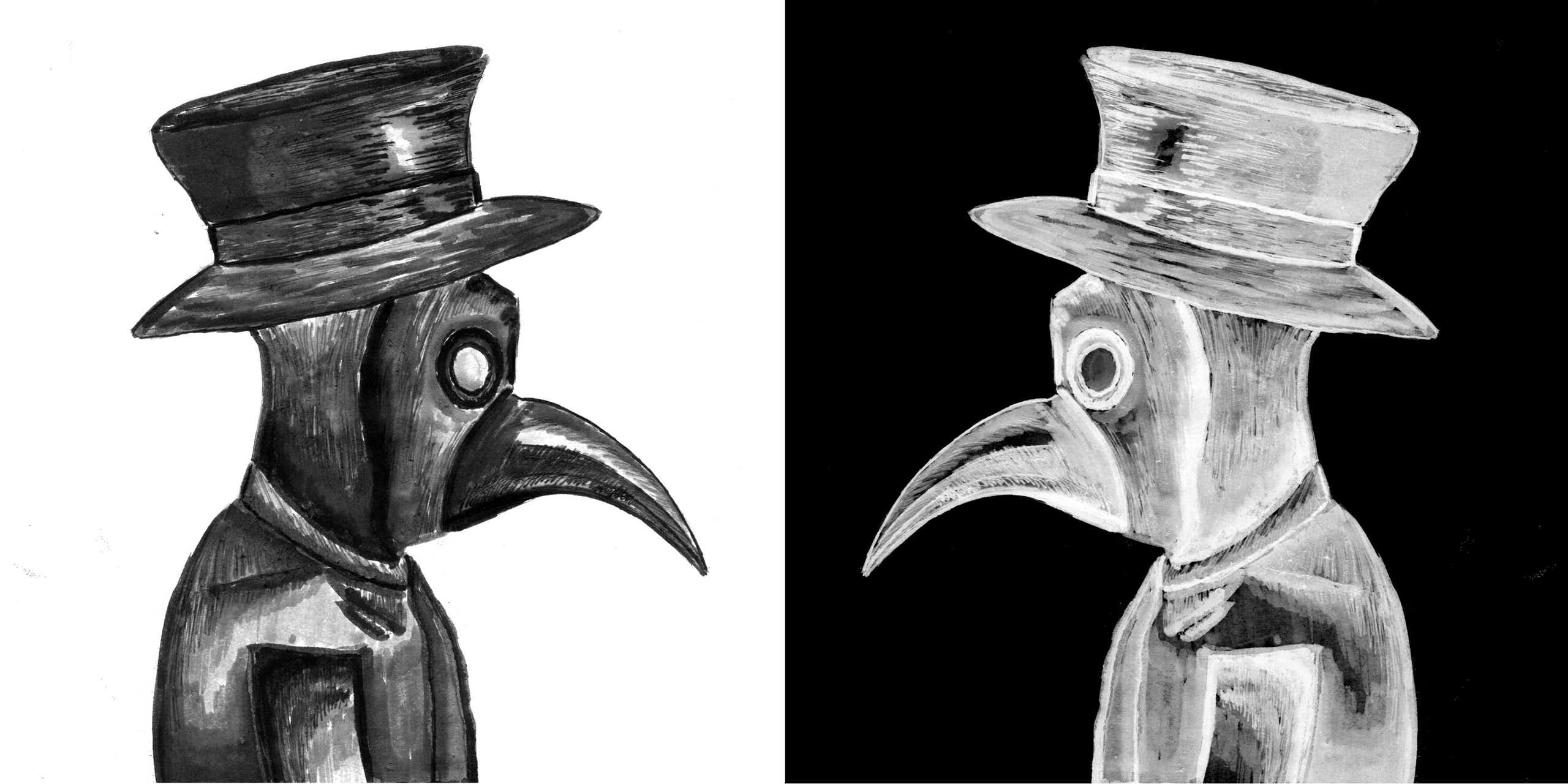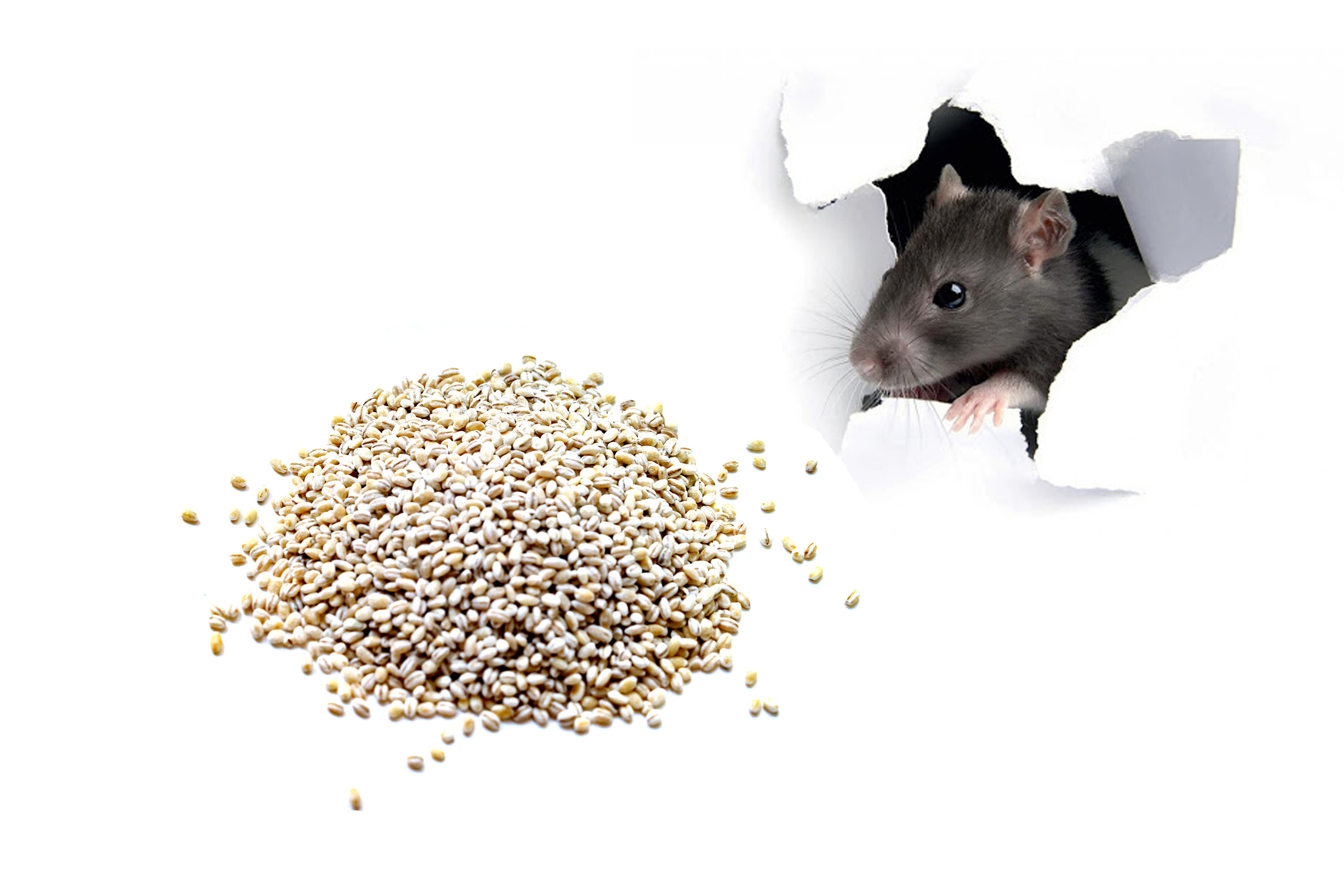The Red Queen Principle *
We appeared on the planet that people later called Earth, many billions of years ago. It was a long-term experiment in the development of new habitats. The first experiments were not very successful — we were unable to maintain the necessary balance. Often, the bioorganisms that originated with our help could not stand it and died out from our gluttony and great thirst to multiply and dominate. People turned out to be the best option. It was interesting with them, since some developed immunities, which held us back from destroying resources too quickly.
We somehow missed that people acquired intelligence in the process of evolution. Having learned about the existence of viruses, they declared war on us. But humanity for a long time did not imagine how powerful we are, we can remain unnoticed and mutate, acquiring new qualities to destroy danger.
This race seems endless: each side to this day devises more and more ingenious ways to break through the enemy’s defenses. The winner will be the one who runs faster. But in this mutual game, we unwittingly give people an incentive for development and progress. So does a mankind need to completely defeat us?
Note
* The Black Queen Principle states that all kinds of living things have to change as quickly as possible in order to keep up with their natural enemies.
The principle was named after the Lewis Carroll’s heroine, who is famous for the phrase that in the Looking Glass “you have to run as fast as you can just to stay in the same place.”
Pandemics that changed the world
Justinian’s Plague (542 AD — 755 AD):
“There were many rats in Egypt and Ethiopia that I used to conquer the world. Rats love grain, they always hide on ships. With them I got to the Roman Empire and Constantinople and stayed there for more than 200 years. I was very gluttonous and killed 50 million people, half the population of the empire.
Effects
The economy is in disarray, the army is paralyzed. The unification of the Western and Eastern empires did not take place. The world has divided into three civilizations: Islamic, Greek and European. ”
The bubonic plague, or “black death” (1338-1353):
“In the 14th century, rodents in the Gobi Desert, which people began to eat, and the Great Silk Road helped me to conquer Europe. My prey was 60% of the population of Europe, which is 100 million people.
Effects
So many people died that the living standards of the survivors actually improved, there were more resources. And there was an explosion of cultural and intellectual creativity — what people called the Renaissance. ”
Cocolitztli (salmonela) (1545-1578):
“Thanks to the great geographical discoveries, I ended up in America, New Spain (modern Mexico) and exterminated two-thirds of the local population — the Aztecs, 15 million people.
Effects
The Spaniards were able to conquer the Aztecs and get their lands. ”
Smallpox (15-17 centuries):
“I was able to cross the Atlantic Ocean with the Europeans and get to America. The indigenous people of America had no immunity at all against me and I exterminated 95% of the American population.
Effects
Thanks to me, the Europeans have conquered all of America. Gold and silver from the New World led to inflation in the Spanish Empire, a “price revolution” that changed the way money was valued. This was a defining moment in the history of capitalism. ”
The third plague epidemic (1855-1910):
“In the 19th century, I returned again and was able to kill 12 million people around the world.
Effects
I was discovered by people and the first opposition was created against me — the early antibiotic streptomycin “.
Spanish flu
(1918-1919):
“I am the main influenza virus in the 20th century: I have infected about 500 million people and killed about 50-75 million, which is more than the number of victims of the First World War.
Effects
To prevent me from returning, the development of national sanitary and anti-epidemic programs is starting. Only in 1997 was it possible to decipher my strain “.
AIDS (acquired immune deficiency syndrome), HIV infection:
“In the 80s of the 20th century, I came from Central Africa, my homeland, first to America, and then the whole world became mine. I have already infected 90 million people, of which more than 40 million have died.
Effects
The medicine to cope with me has not yet been received, although life is prolonged by treatment. ”
COVID19:
“I am not yet as powerful as my relative of the early 20th century, but thanks to planes, ships and trains, I conquered the whole world, infected 351 million people and killed more than 5,6 million.
Effects
I turned out to be a catalyst for existing global trends:
— Redistribution of world leadership of countries,
— Regression of the economy,
— Disintegration of established models and methods of work,
— Redistribution of consumption priorities,
— Problems with education and culture “.
Those who are destined to survive do not yet know what will happen next.
List of references
1. Timothy
Morton “Being Ekological”
2. Sonia Shah Pandemic: A World History of Deadly Viruses
3. Karin Melling “Viruses: More Friends Than Enemies”
4. A. Markov “The Birth of Complexity”
5. Richard Dawkins The Selfish Gene
6. Julian Barnes “History of the world in 10 and ½ chapters.
Keywords
microbes, pathogens, viruses, bacteria, space, landscape, habitat, mutation, change, evolution, struggle for survival, immunity, host, victim, parasites, enemy, parallels, living, non-living, destruction, becoming















